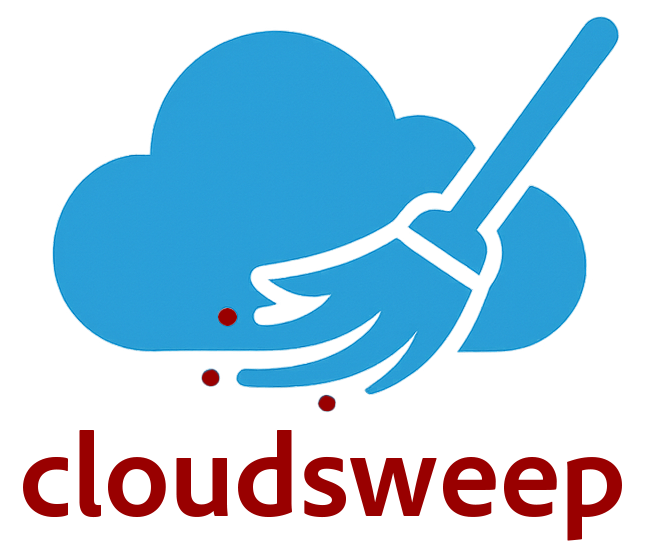
The GAP in FinOps
FinOps’ emerging GAP
Cloud adoption and spending have surged, but up to 30% of cloud costs are wasted, amounting to tens of billions in losses.
• FinOps emerged to control cloud spend by blending financial accountability with DevOps practices.
• While FinOps improves visibility and cost allocation, it fails to address root inefficiencies in system architecture and code.
Current practices focus on:
• Tracking and allocating costs
• Infrastructure-level optimizations (e.g., right-sizing, IaC automation)
FinOps has brought better cost visibility and accountability, helping teams allocate expenses to the right projects and departments. However, despite these efforts, cloud waste persists at alarming levels, indicating a fundamental gap in current FinOps practices.
Where FinOps falls short?
In most organizations, FinOps has evolved along two primary tracks, each providing value but falling short of comprehensive cloud cost optimization:
Finance centric cost analysis
Traditional FinOps often mirrors classic IT financial management, focusing on cost tracking, allocation, and reporting through dashboards, tagging, and chargeback models. While this enhances spending transparency, it offers little practical value to developers or architects. Engineers may be told their service is costly but lack the insight or tools to address the issue. This finance-centric model tends to operate as a reactive, separate layer—monitoring costs after the fact rather than influencing decisions that generate them. As a result, cost inefficiencies are highlighted but rarely resolved. Even when savings are identified, FinOps teams struggle to act on them due to limited authority and a disconnect from engineering workflows. The outcome: cloud cost management becomes a reporting function, not a continuous improvement process.
Infrastructure-Focused Optimization (IaC and Resource Management)
The infrastructure-focused FinOps approach uses tools like Infrastructure as Code (IaC) and cloud management to optimize resource usage—e.g., rightsizing, deleting unused assets, scheduling shutdowns, and using discounted pricing. While effective at eliminating obvious waste, this method addresses only the “supply side” of cloud costs. It overlooks inefficiencies in application architecture and code that drive resource demand. Even well-optimized infrastructure can still be costly if the code is inefficient or poorly designed. Without tackling these root causes, organizations continue to pay for unnecessary compute, memory, and bandwidth. In short, infrastructure optimization is necessary but insufficient—real cost control also requires code and architectural analysis.
Conclusion
These prevailing approaches operate with a significant blind spot. They don’t provide root cause analysis how the software itself is built and how this translates into cost. The financial view stops at what is being spent and by whom, and the IaC view stops at what infrastructure is running.
Neither digs into how the code is written and architected – and that’s often where over half of the cloud cost opportunity lies, hidden from today’s FinOps radar.
